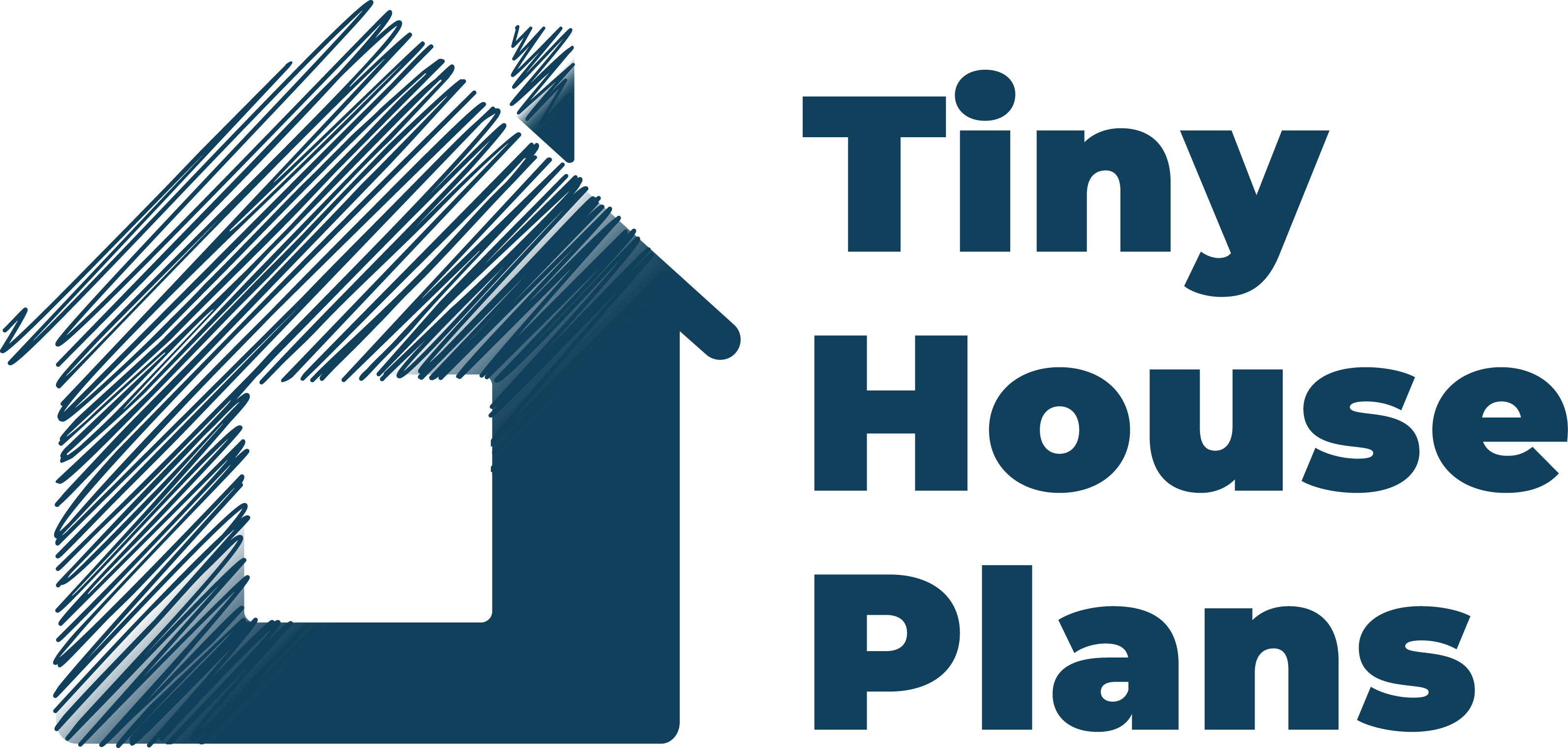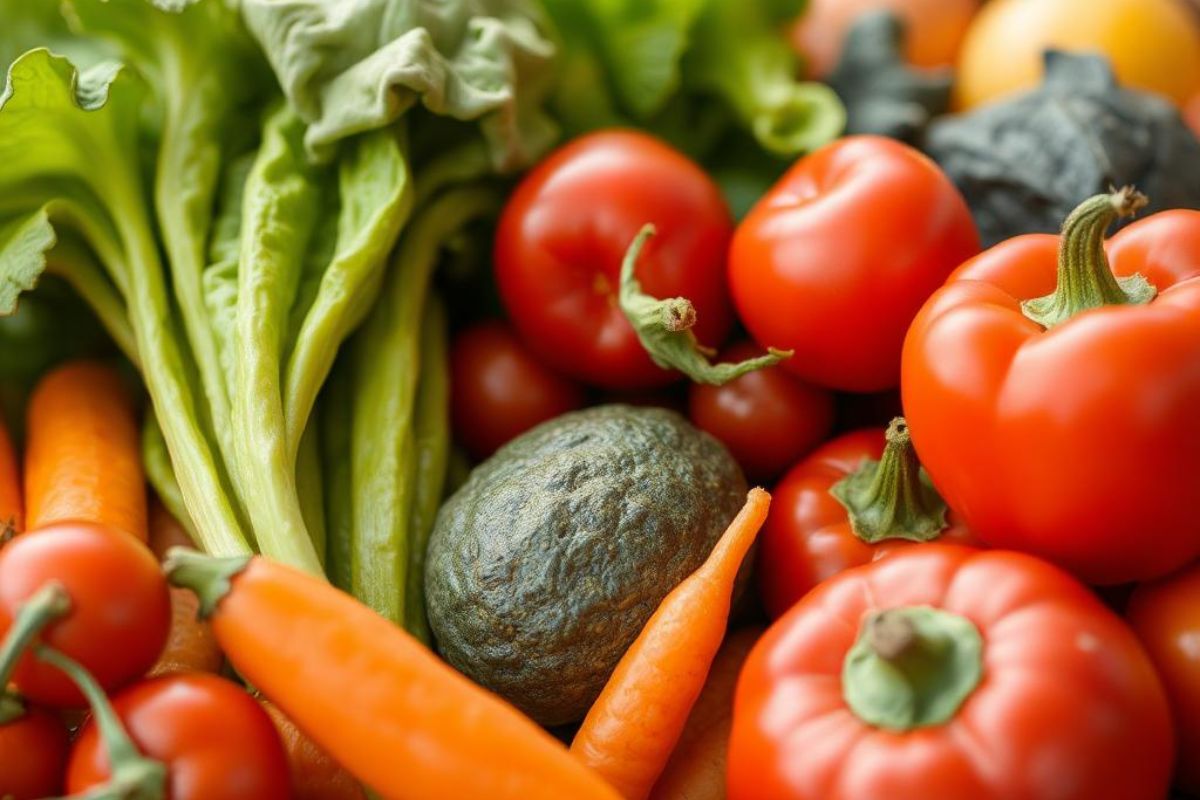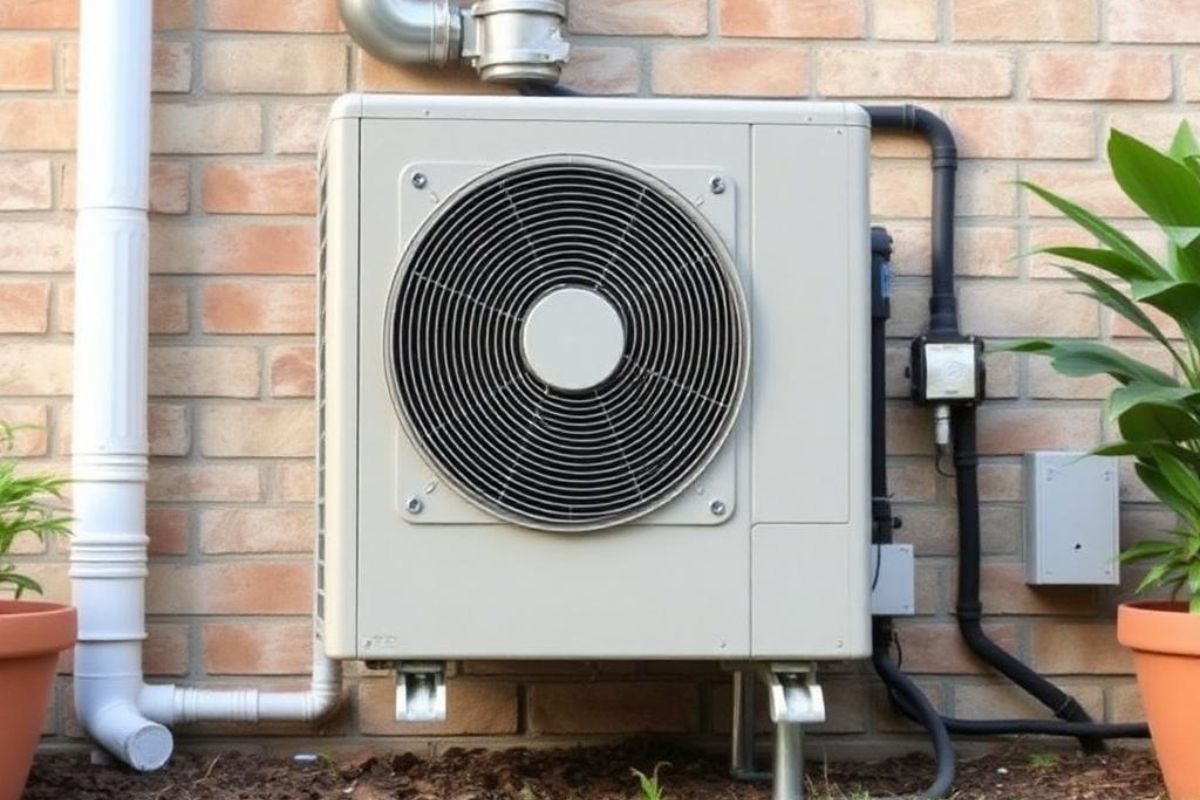Edible landscaping is a great way to reduce some of your expenses while having more control over the quality of your food.
However, in tiny homes, where space is limited, you might be wondering if it’s even worth it if you only have a little space and will only be able to have a small harvest.
Well, there are actually ways to increase your harvest and work with a tiny space to have a decent-sized yield.
There are even expert landscapers who offer their landscaping services to help you maximize your yield with a small space. But you don’t need a professional unless you want to, because in this article, we’re going to cover exactly how to get more edibles from your little space.
1. Make Use Of Your Walls
Instead of just growing plants on the ground, imagine how many plants you could grow on the walls all around your tiny home.
This is actually not too hard to do, and there are many ways to do it.
The first way is to use hanging planters or pocket gardens.
Hanging planters are little containers that can be hung up and used to grow plants, while pocket gardens are large square or rectangular pieces with many small pockets that can be filled with a growing medium and used to grow plants.
You can hang as many of these as you want around your tiny home and even fill up the walls completely.
Of course, there are slight limitations, mainly being that these are smaller containers and pockets than regular pots would be, so you won’t be able to grow bigger edibles.
Still, there’s still a good variety of edibles that you can grow, for both hanging gardens and pocket gardens.
Despite each pocket being smaller than a hanging planter, as long as each pocket is deep enough, you can still grow the same edibles. You’d just have one or two edibles in each pocket instead of having them all together like in hanging planters.
Edibles that are suitable for growing in hanging planters and pocket gardens include cherry tomatoes, peas, baby carrots, strawberries, and even lettuce.
As long as the edible has a shallow root system, you can grow it in your hanging planters or pocket garden.
So really, despite their smaller size, you still have a really wide range of edibles to choose from.
2. Trellises & Arbors
Trellises and arbors are great structures for climbing plants to grow on, and they add aesthetic value to your space.
You can grow climbing edibles like grapes, cucumbers, peas, and even passion fruit. Since you’re growing these climbing plants, they’ll cover quite a bit of the trellis or arbor, essentially acting as shade and helping keep your tiny home cool in the summer.
So by using trellises and arbors, not only do you add aesthetic appeal to your home, but you also get to grow edibles without taking up any additional space in your tiny home.
This allows you to either grow more edibles on top of what you already have in your tiny home, or just grow edibles without using any of the space in your tiny house.

3. Gutter Gardens
Gutter gardens allow you to grow many times more plants with the same amount of space.
Gutter gardens are basically vertical structures with multiple levels which can each be filled with a growing medium and used to grow plants.
So if you have 5 levels, you can grow 5 times as many plants as you would if you had a normal ground-level garden in that same amount of space.
For gutter gardens, you’ll want to stick with edibles with more shallow roots, the same as with hanging planters and pocket gardens.
If you don’t want to use your walls or install additional structures like trellises, gutter gardens are your best bet for maximizing the space you have.
4. Raised Beds
Raised beds allow you to control the depth and quality of your soil as well as the position of where you grow your edibles.
This is especially useful if you find that may not have any suitable areas for gardening and don’t want to have to dig up the ground for a garden.
Given that you can make raised beds as tall and deep as you need them to be, you can grow the same edibles as you can in a normal garden.
Raised beds may not be particularly space-efficient, but they’re a much easier way to grow edibles than creating a ground garden from scratch.

5. Container Gardens
Finally, don’t forget about your container gardens.
Container gardens are just that–gardens in containers. The containers can be of any size and shape, from baskets to boxes.
Same as with raised beds, container gardens are perfect for those who don’t want to have to set up a whole ground garden.
Container gardens are quick and easy to set up, and you can place them anywhere you want as well as adjust their position at anytime.
The variety of edibles you can grow will depend on the size and depth of your containers, but given that you’ll have a wide variety even with smaller spaces like pocket gardens, you’ll have no shortage of choice with container gardens.

Final Tips
As you can see, just because you have a small space doesn’t mean you can’t have a good harvest from your edible garden.
When you apply each of these strategies, you may find that you can have an even bigger harvest than a person with a larger space who didn’t know about these strategies.
When growing plants in small spaces though, sunlight exposure tends to be an issue. Parts of your yard may be covered by your tiny house at certain times of the day.
So if you’re growing edibles that require more sunlight to thrive, you may find that they’re not growing very well.
As such, observe sunlight levels carefully for different parts of your space to determine the best areas to grow your edibles.
If you don’t get much sunlight, it’s not always a bad thing either, you just have to choose edibles that can thrive with less sunlight.
And of course, do your research and find out which edibles will grow best for your native conditions and climate.






Share: